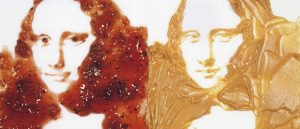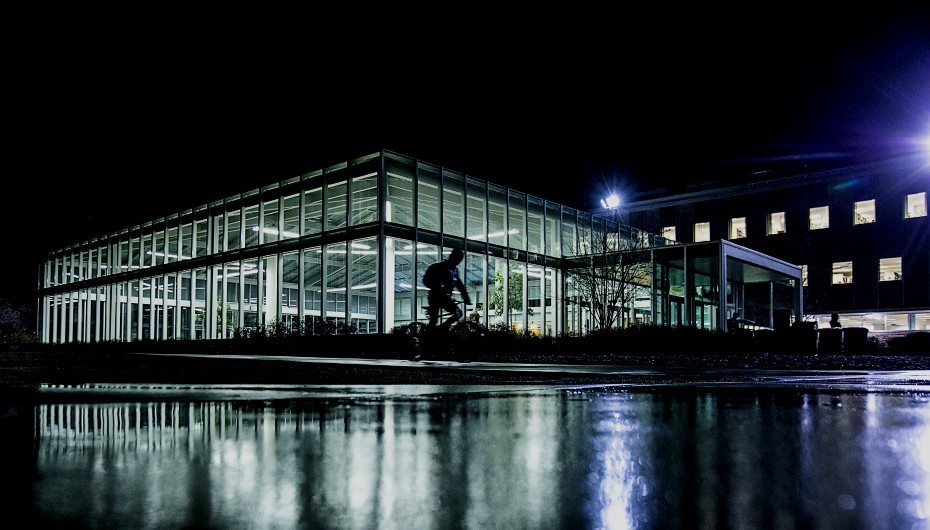College of Fine Arts and Communications

The Museum of Art will introduce a new exhibit featuring work by Brazilian artist Vik Muniz. The exhibit will be called “Extra-Ordinary” and feature his work with his unique materials. Muniz makes art out of everyday items from trash to diamonds. His work has been shown in the Metropolitan Museum of Art, Art Institution of Chicago and the Museum of Modern Art.
The exhibit will be featured throughout the summer. Museum curator Kenneth Hartvigsen said Muniz’s work is supposed to make viewers smile, as things like the Mona Lisa do not always come in peanut butter and jelly form. “I think there is something deeper that’s going on in his work,” he said. “The longer we look and the more we consider what we’re looking at, the more we’re being invited to look at the world around us in a slightly different way.”
College of Life Sciences

Public health students Ida Tovar and Alyssa Baer published a study that reviewed how safe people feel on BYU campus during different times of the day. Men and women were shown images of campus during day and night. The participants were asked how safe they would feel in those areas, including open ones like courtyards, walkways and roads, and closed spaces like elevators. They also had participants highlight areas of interest in the picture. The areas they pointed out were then made into a heat map to see what participants found most important.
The study found that women overwhelmingly felt more unsafe in closed areas and at night. Women also pointed out more areas than the men, such as bushes or dark areas around paths whereas the men only pointed out the path. “This stage of research prompts more questions. It shows us that there are differences and prompts future research to find out why those differences exist and what we can do to help people feel safer,” Baer said.
College of Humanities

English professor Brian Roberts created an English capstone course that analyzes literature written by Japanese authors who lived in the Topaz Internment Camp. Roberts’ interest in the internment camp came when he first accepted a position to teach at BYU and realized it was located only an hour and a half away from campus. His decision to teach a senior capstone course on the camp came as wrote his book Borderwaters: Amid the Archipelagic States of America.
The course studies art and literature created in the Topaz Internment Camp and even gives students a chance to visit the site. His goal is to allow students to understand how the country’s history still affects people here today. “I believe studying and amplifying the voices of minority populations in the United States is something that is ethical and good,” Roberts said. “Listening to these stories has the power to change how people all over the United States act today.”
Click the buttons below to visit each college’s news page, or see general BYU news here.




